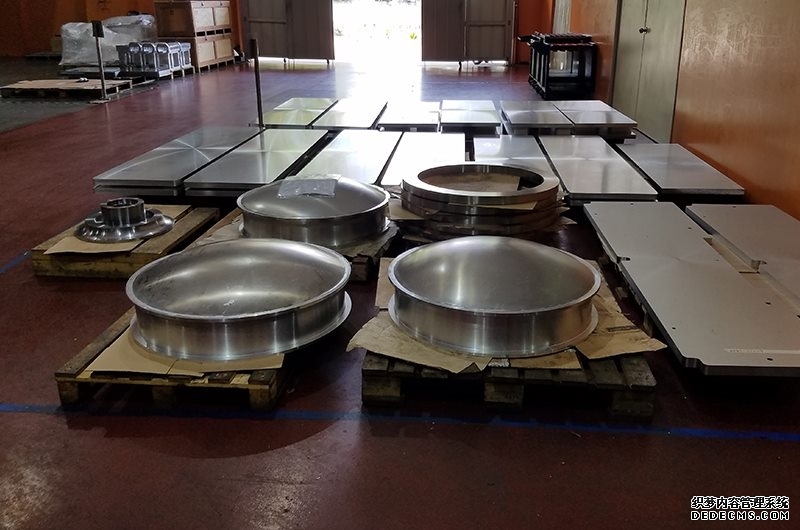High-strength, high-toughness, and low-residual-stress aluminum alloy large forgings are essential key structural parts in the aerospace field, and occupy a very important position in the national economy and national defense and military industries. The production and use of
aviation aluminum alloy forgings not only reflects the aluminum processing status of a country, but more importantly, reflects the scientific and technological level and comprehensive economic strength of a country. 7000 series aluminum alloys have become the main materials for large aircraft body structural parts due to their advantages of low density, high strength, good toughness and processing performance. 7000 series aluminum alloys are solid solution strengthened aluminum alloys, and forgings need to be solid solution/aged after forming. The quenching process after solid solution produces a large temperature gradient inside and outside the forging, and forms a serious quenching residual stress in the forging, which is easy to cause bending and warping deformation of the workpiece due to the release of residual stress in the subsequent machining process. For ultra-thick interface forgings, this phenomenon is more prominent. Chalco Aluminum systematically studied the quenching residual stress, microstructure evolution and mechanical properties of
7A85 Aviation aluminum alloy forgings using different quenching media, and achieved good results.

(1) After being quenched by 10%NaCl+KNO3 salt solution, the yield strength and tensile strength of the
7A85 Aviation aluminum alloy forgings sample are 556 and 577MPa, respectively, and the elongation is 12%. Compared with the quenching medium of 25°C water and 5% PAG solution, the specimens have the best mechanical properties.
(2) After quenching with 5% PAG solution, the residual stress on the surface of the specimen is the smallest, and the transverse and longitudinal directions are -100 and -123 MPa, respectively. Compared with water quenching at 25 °C, the transverse and longitudinal residual stresses on the surface of the specimens were reduced by 44% and 32%, respectively.
(3) Using the 10% NaCl+KNO3 salt solution with the highest cooling efficiency, the sample can obtain a second phase particle ratio of 0.32 vol%. The quenching medium has no obvious effect on the recrystallized matrix structure.





